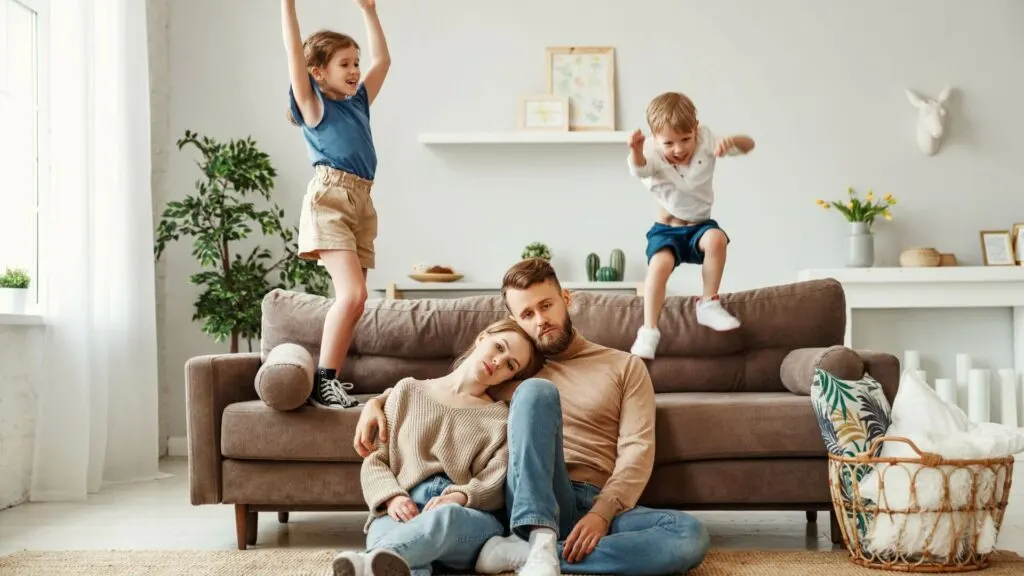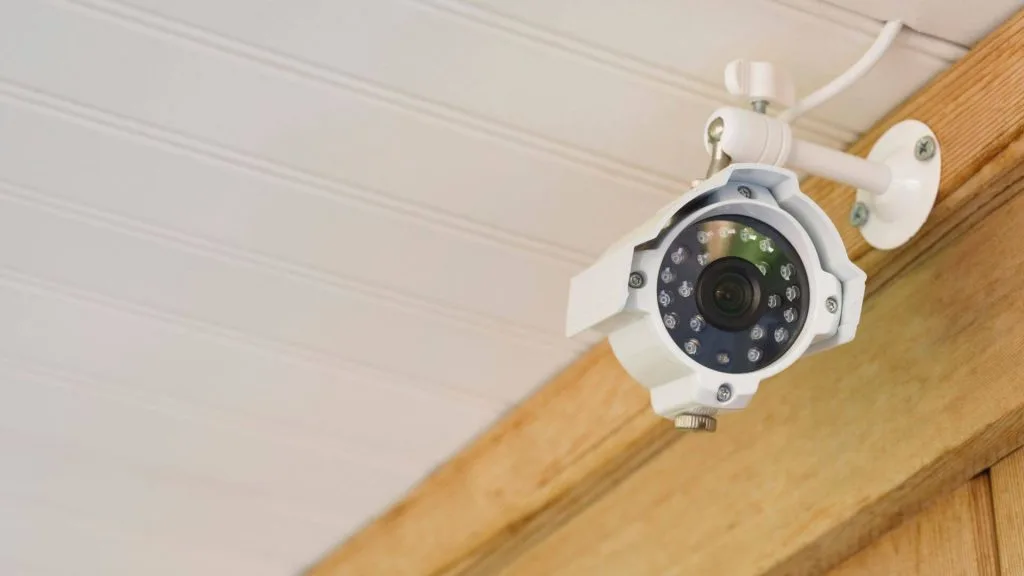Home is where we feel safest, but it’s crucial to remember that our homes are not immune to potential hazards. Establishing an effective home safety strategy is more than just a precautionary measure; it’s a proactive step toward ensuring the well-being of the people and things we cherish the most. This guide will delve into the six key components of crafting a comprehensive safety plan for your home. These principles provide peace of mind and secure your haven against unforeseen circumstances.

1. Invest in Home Safes
In the realm of home security, safes play a critical role. They provide a secure space to store valuable items such as jewelry, important documents, cash, and more. By investing in a robust and high-quality home safe, you can protect your precious possessions against theft or damage, such as that caused by fire or flooding.
A good safe should be fire-resistant and water-resistant and have a robust locking mechanism that can’t be easily tampered with. Additionally, home security safes can be concealed within the structure of your home, adding an extra layer of security. Thus, having a home safe forms a crucial part of a comprehensive home safety strategy.
2. Install a Security System
A home security system is an essential component of any safety strategy. It is your first defense against burglaries, break-ins, and other threats. A modern security system has various features such as motion sensors, CCTV cameras, and alarms that can alert you or the authorities in case of suspicious activity or emergencies.

When choosing a security system, you must consider your specific needs and the size of your home. You can opt for a DIY installation or hire a professional company to set up and monitor the system. A reliable home security system helps deter potential intruders and provides round-the-clock surveillance for added peace of mind.
3. Conduct Regular Maintenance Checks
As our homes age, so do some systems and structures within them. Conducting regular maintenance checks is crucial to ensure everything is in good working order. This includes inspecting electrical wiring, plumbing, smoke detectors, and other critical components of your home’s safety infrastructure.
Identifying and addressing potential issues early on can mitigate hazards resulting in costly repairs or accidents later. Make sure to create a maintenance schedule and stick to it, as prevention is always better than cure for home safety.
Design Theory Hardware is your premier destination for exquisite and innovative architectural hardware solutions. With a curated collection of high-quality handles, knobs, pulls, and accessories, we seamlessly blend functionality with aesthetic appeal. Our products reflect a commitment to craftsmanship and design excellence, catering to the discerning tastes of architects, interior designers, and homeowners alike. Explore our website: https://www.designtheoryhw.com/
4. Educate Your Family
Having a comprehensive home safety strategy means involving everyone in your household. Educating all family members about potential hazards and how to address them is essential. This includes teaching children about fire safety, the importance of locking doors and windows, and other measures they can take to keep themselves safe.
Additionally, it’s crucial to have a plan in place for emergencies such as fires or natural disasters. Make sure everyone knows what to do and where to go in case of an evacuation. Regular emergency drills can help ensure security is prepared for any situation.
5. Secure Dangerous Areas
Many homes have potentially hazardous areas that require extra attention. This encompasses places like the swimming pool, garage, or other areas that house potentially harmful substances or tools. If you have young children, childproofing these areas is particularly crucial to prevent accidents.
Measures can include installing safety gates, securely storing hazardous materials, and ensuring tools are out of reach. Additionally, providing adequate lighting in these areas can reduce the risk of accidents due to poor visibility. Thus, diligent attention to potentially dangerous areas significantly enhances the overall safety of your home.
6. Consider Home Insurance
Securing a comprehensive home insurance policy is the final, yet vital, component of a robust home safety strategy. Home insurance protects against potential damages or losses caused by natural disasters, theft, or accidents. It typically covers the structure of your home’s personal belongings and may include liability coverage for injuries or property damage to others on your premises.
Consulting with an independent insurance agency in Colorado Springs can provide you with tailored policy recommendations that address the unique risks of your property. This personalized approach not only ensures robust protection against unforeseen events but also offers peace of mind knowing your home is well-protected.
It’s essential to thoroughly assess your needs and risks to choose the right coverage. Remember, while we may endeavor to prevent mishaps, they can occur unexpectedly, and having insurance serves as a safety net during such circumstances. Therefore, investing in home insurance is prudent to ensure peace of mind and financial security.
Crafting an effective home safety strategy involves a combination of proactive measures and preventive actions. Investing in home safes and security systems, conducting regular maintenance checks, educating your family, securing dangerous areas, and considering home insurance can create a comprehensive plan to protect your home and loved ones. Remember to regularly review and update your safety strategy to account for any changes in circumstances or potential hazards. With these critical components in place, you can know that your home is as safe as possible.

Jessi is the creative mind behind The Coffee Mom, a popular blog that combines parenting advice, travel tips, and a love for all things Disney. As a trusted Disney influencer and passionate storyteller, Jessi’s authentic insights and relatable content resonate with readers worldwide.
